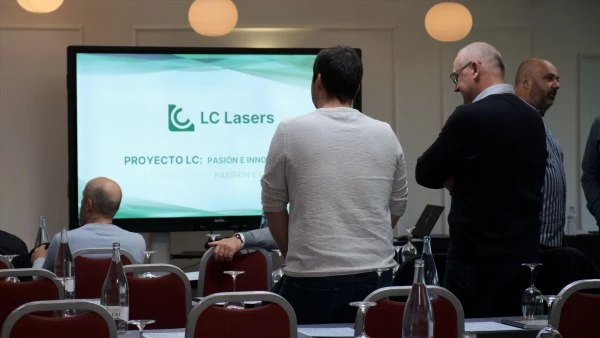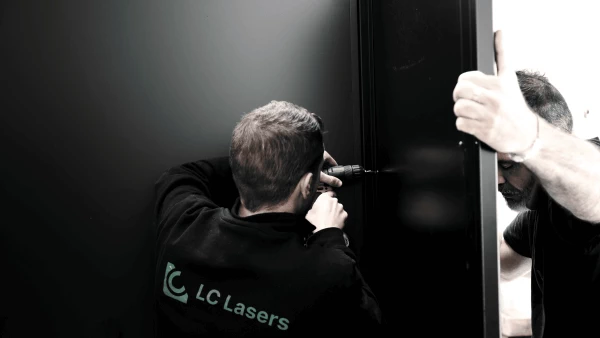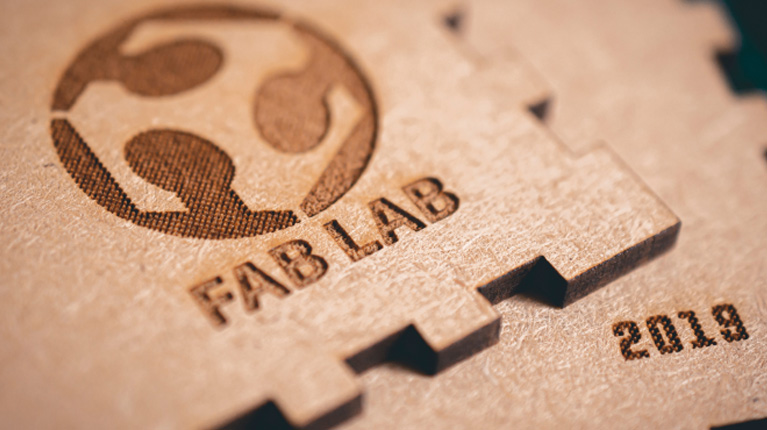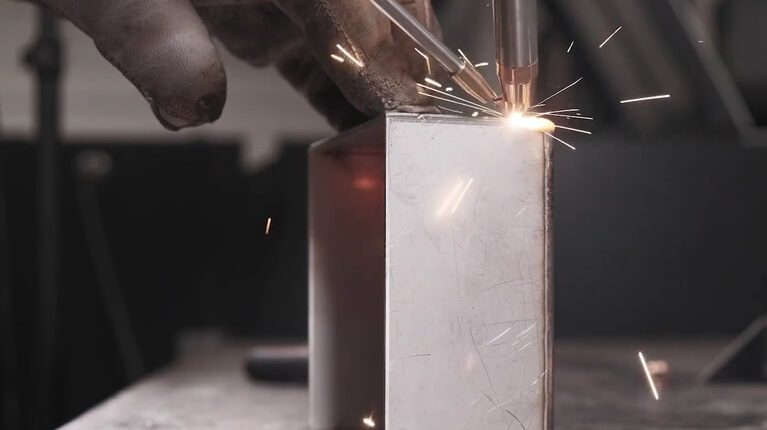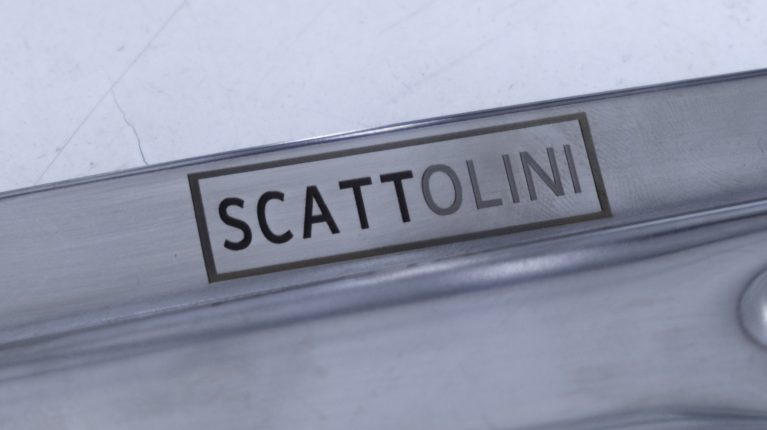This website uses cookies so that we can provide you with the best user experience possible. Cookie information is stored in your browser and performs functions such as recognising you when you return to our website and helping our team to understand which sections of the website you find most interesting and useful.
Laser welding applied in the automotive industry
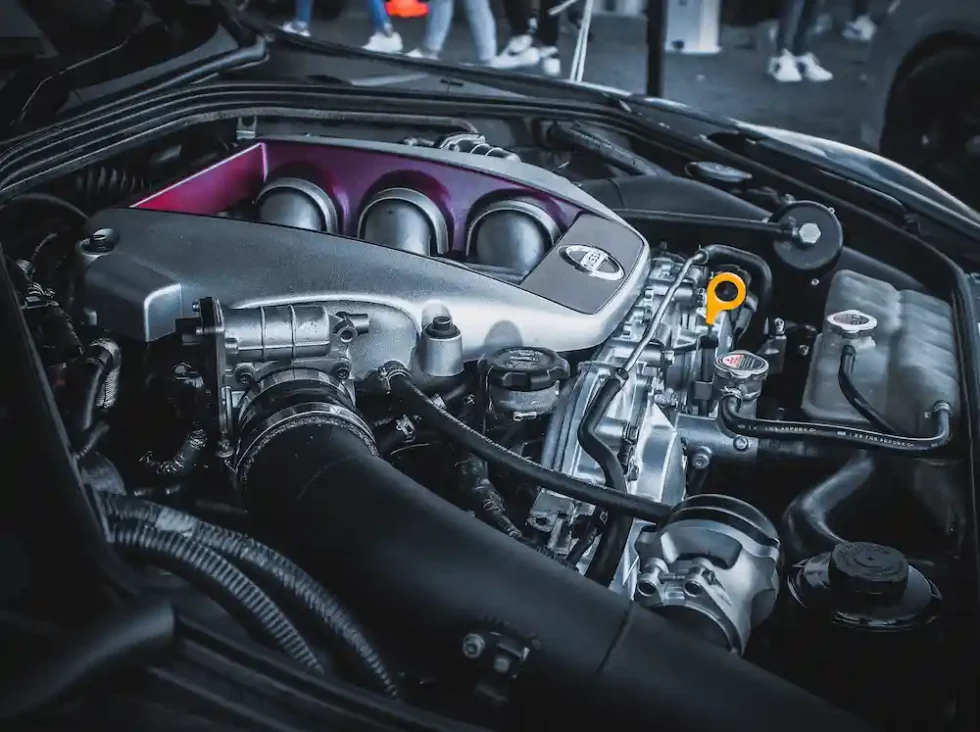
Summary:
It is essential to point out that Spain is the second largest producer of automobiles in Europe and the largest producer of industrial vehicles. In the world ranking, Spain is the eighth producer of automobiles. In fact, we are the fourth largest producer of auto parts in Europe. With these data we can highlight the importance of the automotive sector in the Spanish market and how important the quality of its processes must be in order to obtain the best results.
Laser welding is now well established in the automotive industry around the world. If we look back, we can place its appearance in the sector, about 30 years ago. A key date for laser welding on the production line has to do with the market introduction of the Audi 100 in the mid-1980s, the first Audi with a zinc-coated body.
There are various welding methods applied to this sector, of which laser welding stands out for its important characteristics and advantages , which will be mentioned in this article.
Laser welding as an alternative in the automotive industry:
The use of laser welding in current cars responds to the introduction of new metal products and new welding techniques responsible for promoting weight reduction. This type of event only prevents the correct development of welding within the factory, because details such as the heat input from the welding process can cause changes in the molecular structure of the metal, causing it to lose its elastic limit, making it more rigid.
One of the benefits that laser welding offers us is that the heat necessary to carry out the welding is concentrated in a very specific point and this reduces the zone affected by the heat <<HAZ>>, thus limiting its negative effects. Also, unlike resistance spot welding, it does not require access to both sides of the metals to be joined for welding.
Laser welding began to emerge on the market during the 1970s, which has allowed it to establish itself as one of the best fixing systems in recent years. Currently, this system is very important in the automotive industry, but it is only used in very specific areas , such as the gluing of roof panels, pillars, rear or for the welding of custom-welded raw formats.
Examples of applications in the automotive sector:
See table of the different applications
- Airbag
- The ceiling
- Exhaust pipe
- Custom empty spaces
- Car doors
- Gears
- ABS
- Lock
- Airbag sensors









